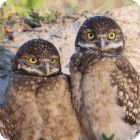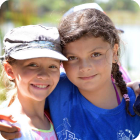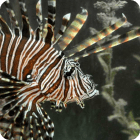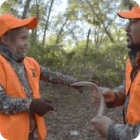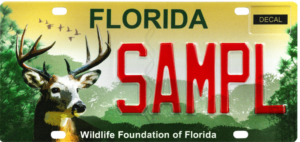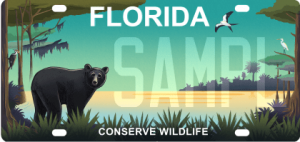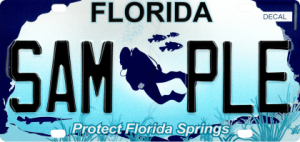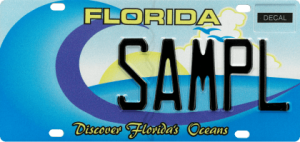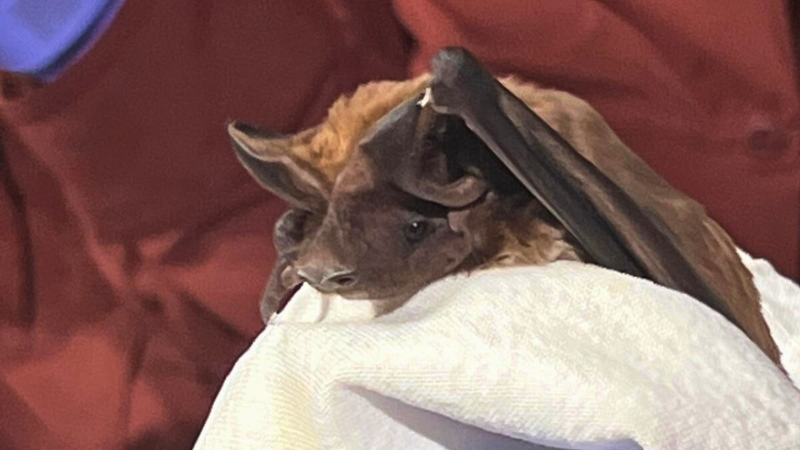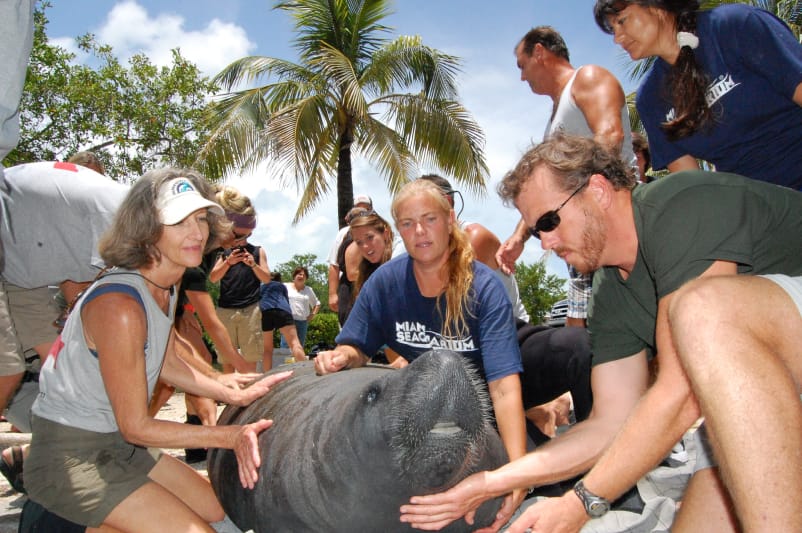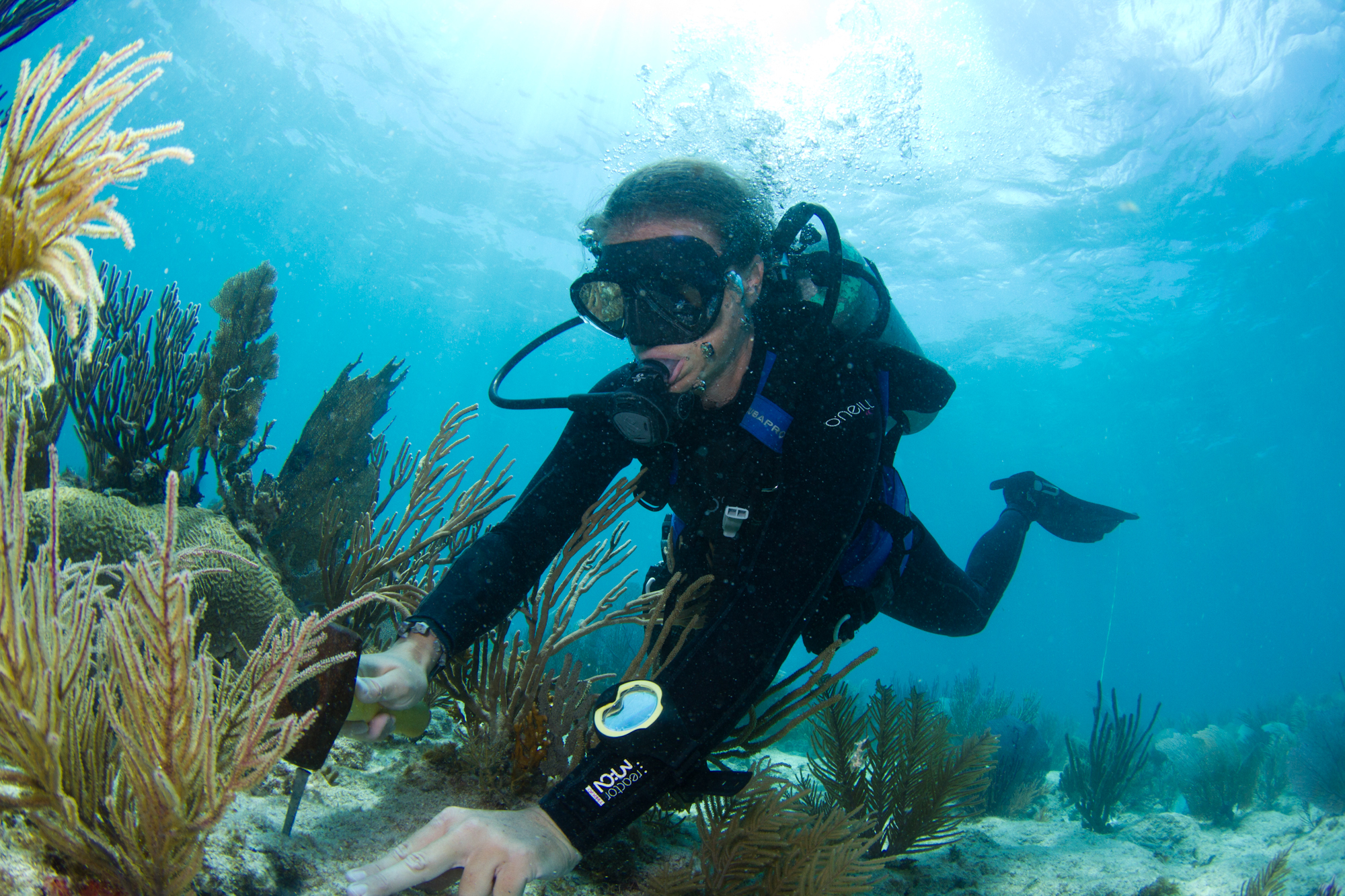
In honor of Women’s History Month, our Foundation recognizes the dedication of women in fields of science and technology. Learn more about some of the women at FWC’s Fish and Wildlife Research Institute who are protecting Florida’s wild spaces and animals.
Lindsay Huebner
Fish and Wildlife Research Institute (FWRI) Researcher Lindsay Huebner has combined her love of the ocean with her passion for solving environmental science puzzles throughout her education and career. Her graduate thesis project focused on corkscrew sea anemones and a cleaner shrimp which associates with them. These anemones and shrimp form “cleaning stations,” where the shrimp remove parasites and clean wounds on fish. Without this cleaning duo, fish health can suffer, causing ripple effects in reef ecosystems.
After time working at the Florida Aquarium, Lindsay joined FWRI to continue exploring complex environmental problems. The Foundation funded one of these projects: surveying benthic invertebrates and fish at ledges sites offshore from Tampa Bay. During the survey, Lindsay and her fellow researchers found cleaning stations like those she studied in grad school. Since the Tampa Bay region is not part of the anemone’s reported range, this was an unexpected discovery. It is not clear whether these anemones had been present but not documented in the Tampa Bay region previously, or if they have expanded their range due to warming oceans. She and her research collaborator from FWRI, Dr. Bob Ellis, are hoping to do an additional study to determine whether these habitats may be experiencing an influx of marine life normally associated with more tropical habitats further south.
Lindsay has also been an instrumental member of the Coral Reef Evaluation and Monitoring Project (CREMP). CREMP is one of the longest-term coral reef monitoring projects in the world. Researchers visit the Florida Keys and Dry Tortugas annually to assess coral health and population demographics. Lindsay and her colleagues have found that stony coral tissue-loss disease (SCTLD) has drastically affected the area. In fact, some coral species have completely disappeared from evaluation sites. To determine the cause of the disease, Lindsay and her collaborators from Mote Marine Laboratory, Drs. Erinn Muller and Abigail Clark, and The University of Miami, Dr. Stephanie Rosales, are taking tissue samples from diseased and apparently healthy corals. The microbiomes of the samples are then compared to evaluate what microbes are present, and whether there is a shift in the microbiome of coral disease lesions compared to the healthy corals. Water and sediment samples are also being collected to understand if there are microbial shifts in the environment due to the arrival of SCTLD. This project has found strains of bacteria in most of the coral lesions that are also present in the sand. Identification of these bacteria does not confirm that the disease is caused by them, as they might be a result of a secondary infection after a coral is already diseased. However, these results are important steps on the path to identifying the cause of SCTLD and its persistence in the environment. While working with diseased coral can be disheartening, Lindsay attacks it as a scientific question to solve.
Researchers like Lindsay are doing groundbreaking work trying to save Florida’s coral reefs. To support their efforts, donate here.
Stephanie Schopmeyer
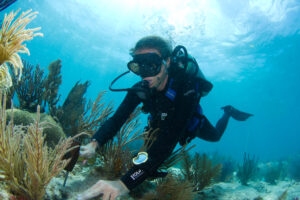 Scientist Stephanie Schopmeyer has always loved nature and being outdoors. Her academic career focused on the complexity of corals, leading to a position with NOAA as a coral reef ecologist in Hawaii. With NOAA she monitored the coral reefs around Hawaii and other Pacific Islands for changes in their ecosystems and overall health. She loved working with some of the most pristine coral reefs in the world but missed performing hands-on research.
Scientist Stephanie Schopmeyer has always loved nature and being outdoors. Her academic career focused on the complexity of corals, leading to a position with NOAA as a coral reef ecologist in Hawaii. With NOAA she monitored the coral reefs around Hawaii and other Pacific Islands for changes in their ecosystems and overall health. She loved working with some of the most pristine coral reefs in the world but missed performing hands-on research.
Her desire to return to research led to a position at the University of Miami managing coral nurseries and conducting restoration for staghorn coral. She also monitored coral reef health and assisted with experiments to design the best techniques for transplanting corals. Over her eight years in Miami, Stephanie helped plant 10,000 corals! She continues to support the restoration of Florida’s coral reef tract now at FWRI.
Stephanie shared that Florida’s Coral Reefs face many challenges. For instance, there is a strong need to preserve the genetic diversity of our corals. Stony coral tissue-loss disease (SCTLD) has decimated the coral genetic diversity faster than intervention can occur. As a result, she is involved in coral rescue that aims to collect and preserve their genetic diversity, hold the corals in zoos and aquariums across the US, and use them to create the next generation of corals for future restoration following the mortality caused by SCTLD. Additionally, coral reefs form very complex ecosystems that affect their restoration. For example, increasing long spine sea urchin populations could help reefs as the urchins remove algae from the reef, keeping them clean and healthy. While the degradation of Florida’s reefs is a very serious issue, Stephanie remains hopeful that there is a future for our reefs.
Dr. Jan Lansberg
Research Scientist Dr. Jan Landsberg has always had an inquisitive mind and an interest in biology. After completing her degrees in her home country of England, she worked in a fish disease lab in Israel. After a stop at the University of North Carolina, she began working for FWC over 30 years ago.
Jan has been at the forefront of solving many of Florida’s ecological puzzles. One of the most interesting cases she worked on involved toxic pufferfish living in the Indian River Lagoon (IRL). Anglers from New Jersey caught pufferfish in the IRL, brought them home, ate them, and got very sick. Jan and her colleagues initially presumed the illness was from naturally occurring tetrodotoxins in pufferfish livers, but she was informed that the toxins found were saxitoxins. After initial investigation of the pufferfish fillet in the NJ case, a Canadian scientist determined that the culprit was saxitoxin, which, like tetrodotoxins, can be deadly if consumed. Jan and a team of state and federal scientists set out to discover the source of the saxitoxins in the pufferfish. They discovered that one of the algae in the IRL, known as Pyrodinium bahamense, was responsible for producing the saxitoxins, possibly due to environmental changes in the region or nutrient loading. Jan has found circumstantial evidence that pufferfish with saxitoxins had been found in the IRL as early as the 1950s. To prevent people from eating the toxic pufferfish meat, the FWC placed a ban on puffer fishing in the IRL that is still upheld today.
In recent years Jan and colleagues have worked to better understand stony coral tissue-loss disease. She shared that corals can be difficult to work with because of their hard skeletons. When examining the corals microscopically using a process called histology, the skeleton must first be dissolved to see the soft tissues inside. This process lets researchers see how the disease is affecting the coral, and how it can damage the delicate tissues of the animal. She has examined tissue samples from healthy and diseased corals, comparing their cellular structure and searching for any possible associated microorganisms. She also compares tissue samples from diseased parts of a coral and seemingly unaffected areas. This has allowed Jan and partners to discover that disease lesions are initially forming deeper inside corals even if they are not initially visible externally. She has also observed that the disease appears to begin close to the coral’s gastrovascular canal and spreads towards the surface of the animal. While the cause of the disease is not fully known, the leading theory is that bacteria (or another microorganism) or several microorganisms working together are responsible. Jan and her colleagues are currently learning more about how the disease works, how it is caused, and how it can be prevented.
Kathleen Gibbons
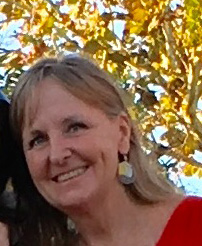
Kathleen Gibbons has been fascinated with geography since early adulthood. She liked the broad scope of the subject and the great variety of topics she could investigate. After completing college, Kathleen worked for the National Wetlands Inventory for 10 years, which introduced her to computer mapping via geographic information system (GIS). GIS is a framework for gathering, managing, and analyzing data. It is computer based and allows you to recognize the spatial organization of the planet and see order in what appears to be random scatterings of people, places, and environmental factors. GIS helps researchers make reasonable decisions about topics involving relationships between the physical environment and society, like sea level rise.
At FWRI, Kathleen leads a team that uses GIS to explore environmental issues like sea turtle disorientation. Turtles use the natural light horizon to help them find the ocean, but sometimes lights distract and disorient them. The team uses the latest GIS technology to capture information about nesting and hatchling turtles that have become disoriented in this way. The use of GIS technology has allowed researchers to analyze a season’s worth of data in real time. In the past this data was not readily accessible until after the nesting season was over. Now, with the help of GIS, FWC can intervene when turtle disorientation events occur.
Kathleen has also assisted with the Marine Biodiversity Observation Network (MBON). MBON is a part of a global biodiversity network that compiles biological data and monitors the marine biodiversity of the nation’s coastal and shelf waters. MBON is interested in all levels of diversity in a region. The lower level includes habitat types within a region; the middle level includes species diversity; and the upper level includes genetic diversity within species. Kathleen’s team combined all GIS data layers for the Florida Keys National Marine Sanctuary. The data was then put together on a website so the data could be better visualized. Staff also constructed a species distribution model for the Sanctuary using Ecopath. Ecopath is being used to create a food web and answer complex management questions. For example, Ecopath can be used to better determine ecosystem effects of fishing, the impact and placement of marine protected areas, and effects of environmental change.
Kathleen loves the different projects she gets to work on and the constant evolution of the software and tools. She also enjoys the creativity allowed in GIS work and the ability to show people their research in new ways.
Anna Panike
Marine Mammal Biologist Anna Panike always wanted to work with animals. Early in her career, Anna worked at the Northcoast Marine Mammal Center (NMMC) in California. While there, she helped with seal and sea lion rescue and rehabilitation. After her time at the NMMC, Anna joined FWRI where she now gets to work with her favorite animals, manatees!
A large part of Anna’s job involves examining the health of individual animals and the species overall. This includes performing necropsies, animal autopsies, to see how a manatee died. The information gained from the necropsies is used to better manage and protect the species. Anna also responds to reports of injured or distressed manatees to see if intervention or rescue is needed. If the manatee needs critical attention, it is brought to a rehab facility where it can receive the care it needs.
Additionally, Anna is part of FWC’s manatee genetic identification sampling team. Identification of individual, free-ranging manatees through genetic markers offers a way to enhance FWC’s understanding of survival rates. Genetic analysis can help identify manatees that do not have unique markings as well as determine the sex of the individual. Information obtained though genetic monitoring complements population studies.
After spending nine years working with manatees at FWRI, Anna is still surprised by the species’ incredible resiliency. The ability of many individuals to recover from red tide exposure, boating accidents, and other injuries is truly amazing. Anna’s work with manatees contributes to the long-term conservation efforts of the FWC. Unfortunately, 2019 was a record year for manatee boating deaths, underscoring the need to continue sharing conservation information with the public.
Although much of her job is centered around manatees, Anna also works with dolphins and whales. She helps collect and report information about their health using a tool called GulfMAP. The goal of GulfMAP is to build a large scale, up-to-date database that illustrates the health of the Gulf of Mexico’s cetaceans.
